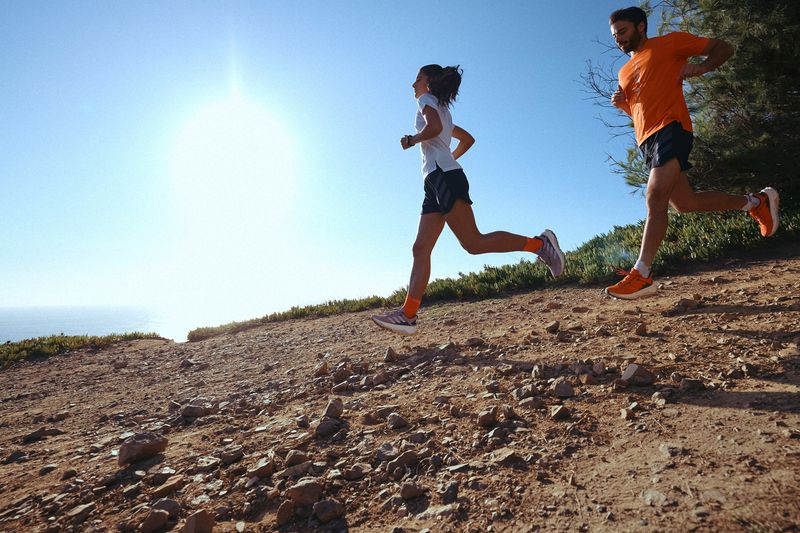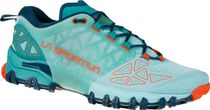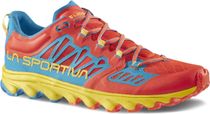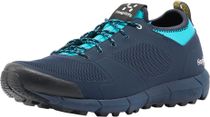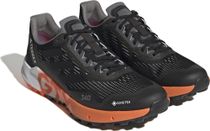Contents
Buying running shoes: everything you need to know to find the perfect shoes!
Choosing the right running shoe is the first step to your morning jog or ambitious marathon run. But with so many models, brands and technologies on the market, athletes are often faced with a mountain of questions before making a purchase. In this article, we want to help you with a few criteria and make it easier to choose the right running shoe for you!
Characteristic features of running shoes
In order to find your way around the world of running shoes, you should know some of the most important features that differentiate one model from another:
Stability: the stability of running shoes plays a crucial role in supporting the foot and correcting misalignments. Shoes with greater stability are particularly suitable for runners with overpronation or supination. These two terms are often used when talking about running shoes. Overpronation refers to the strong inward bending of the foot, while supination refers to rolling over the outside of the foot. Shoes with more stability help to prevent exactly this kind of bending - which greatly reduces the risk of injury.
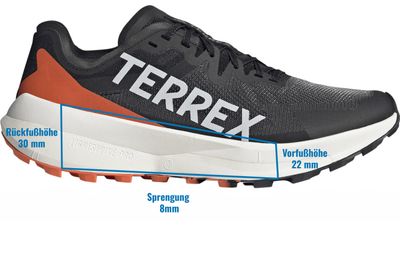
Drop: The term "drop" is often used in connection with running shoes. This refers to the difference in height between the forefoot and heel area of the shoe. A drop of 8 millimetres, for example, means that the heel is 8 millimetres higher than the forefoot.
Weight: The weight of running shoes has a significant influence on your running experience: lighter shoes allow you to run faster and more effortlessly, while heavier models often promise more stability and cushioning.
>> You can find shoes for every running adventure here
Your physical requirements and preferences
Every runner has their own anatomical characteristics and preferences when it comes to running. That's why there is no one perfect running shoe for everyone. But don't worry, there are a few criteria that will help you find exactly the right companion for your next run!
Body weight: The heavier the runner, the more pronounced the cushioning should be, as more mechanical forces act on the joints. This improves your running sensation and minimizes your risk of injury.
Foot shape: Every foot has an individual shape that places different demands on the running shoe. For example, if you have an extremely wide foot, there are manufacturers who offer extra wide running shoes. If you have a narrow foot, look for narrow shoes, otherwise you won't find any support. However, there is no generally applicable measurement here. Special running socks can also help you to optimize support in the shoe.
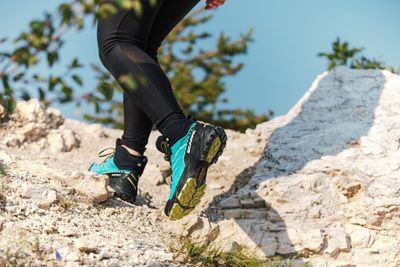
Individual running style: Your running style also determines which shoe you feel most comfortable in. A distinction is made between forefoot runners and heel runners. Heel runners land on the heel first when the foot hits the ground and should prefer shoes with a higher drop. Forefoot runners, on the other hand, who strike the ground with the ball of their foot, should choose shoes with a lower drop.
Rolling behavior: Normal pronation and supination require normal shoes. Runners with overpronation, on the other hand, should use supported running shoes, as these additionally stabilize the foot in the required areas.
>> Top running shoes at top prices: Currently at least 30 % off
Ready for your next run
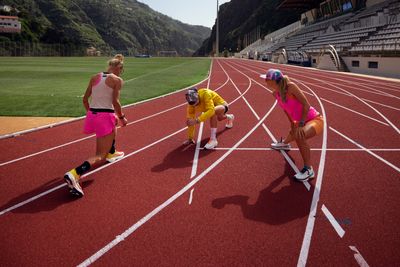
So don't be overwhelmed by the variety on the market, but use the criteria above to find the perfect companion for your run and get the best out of yourself.
